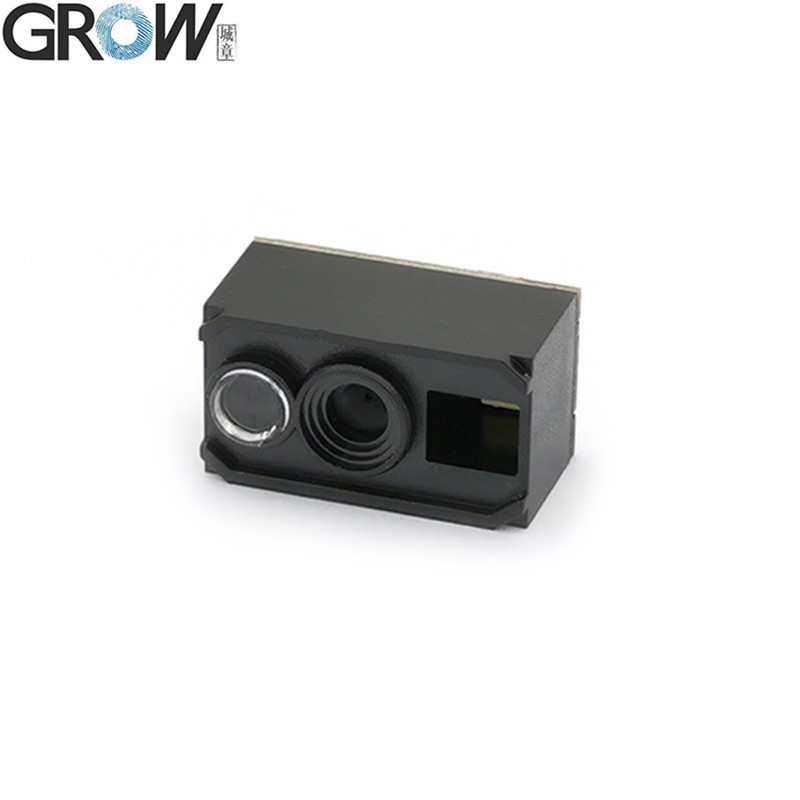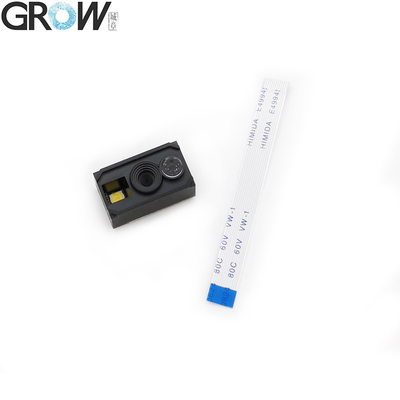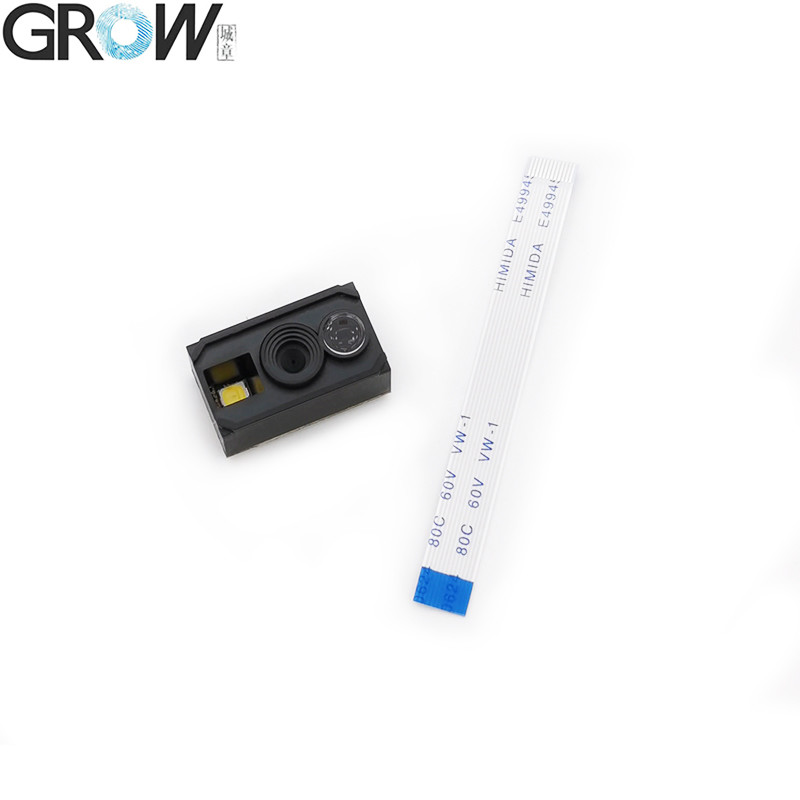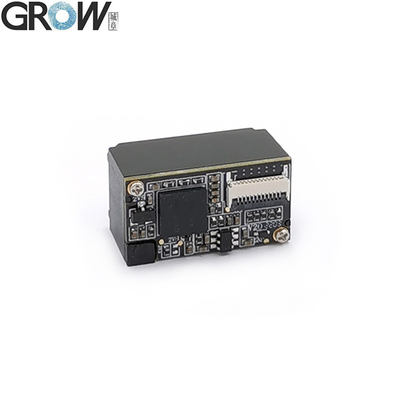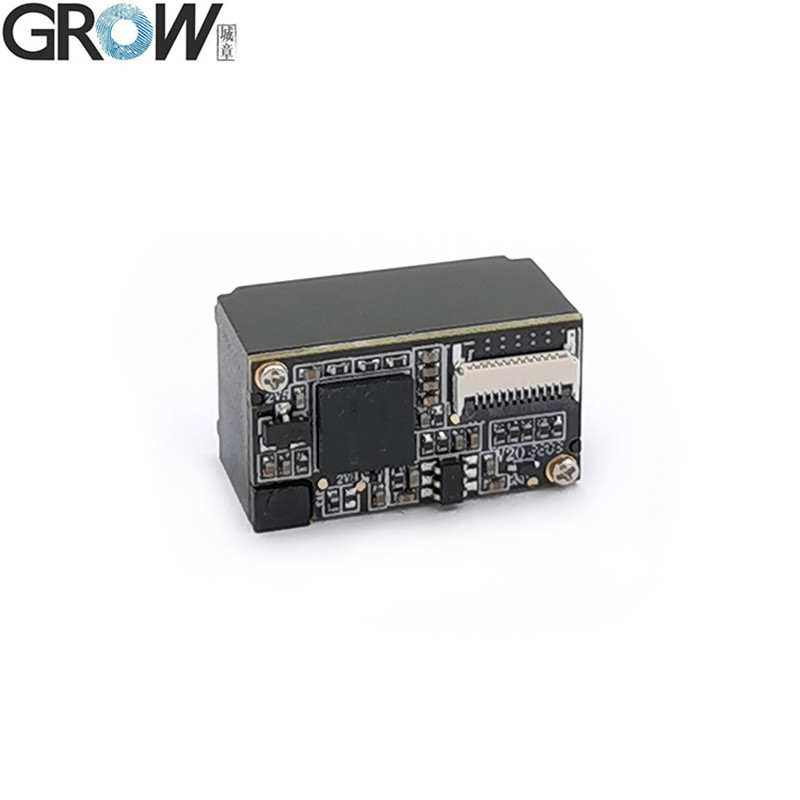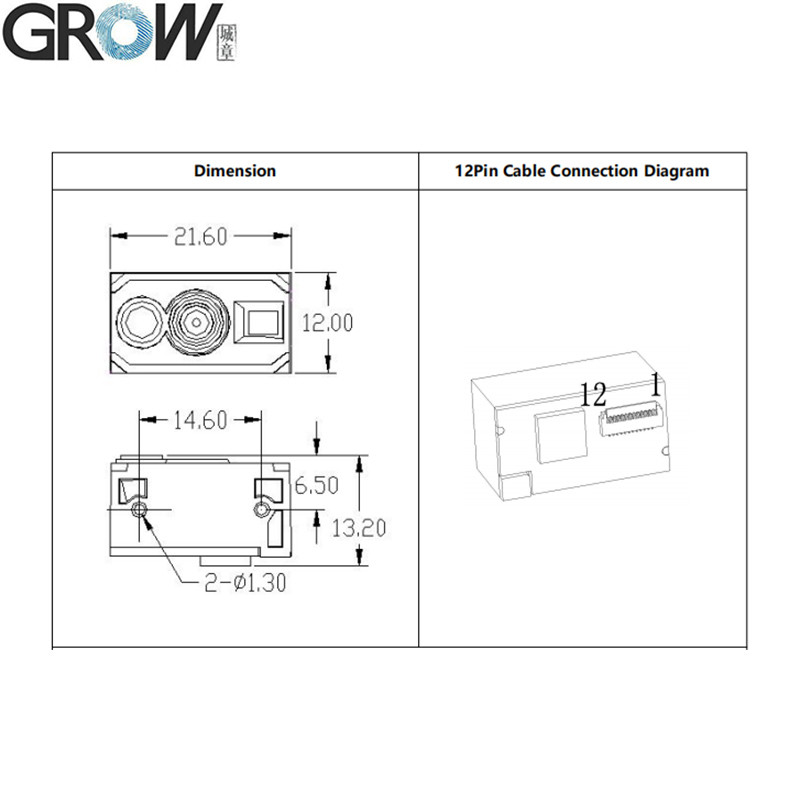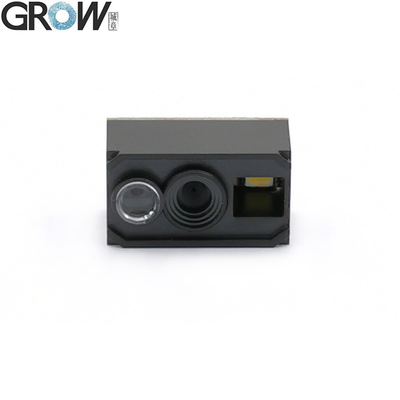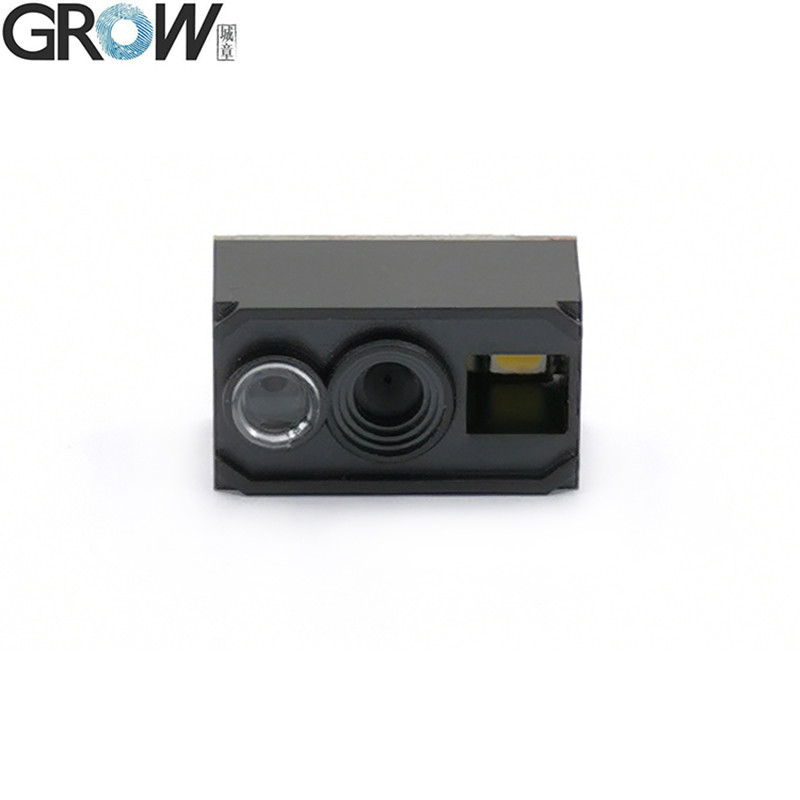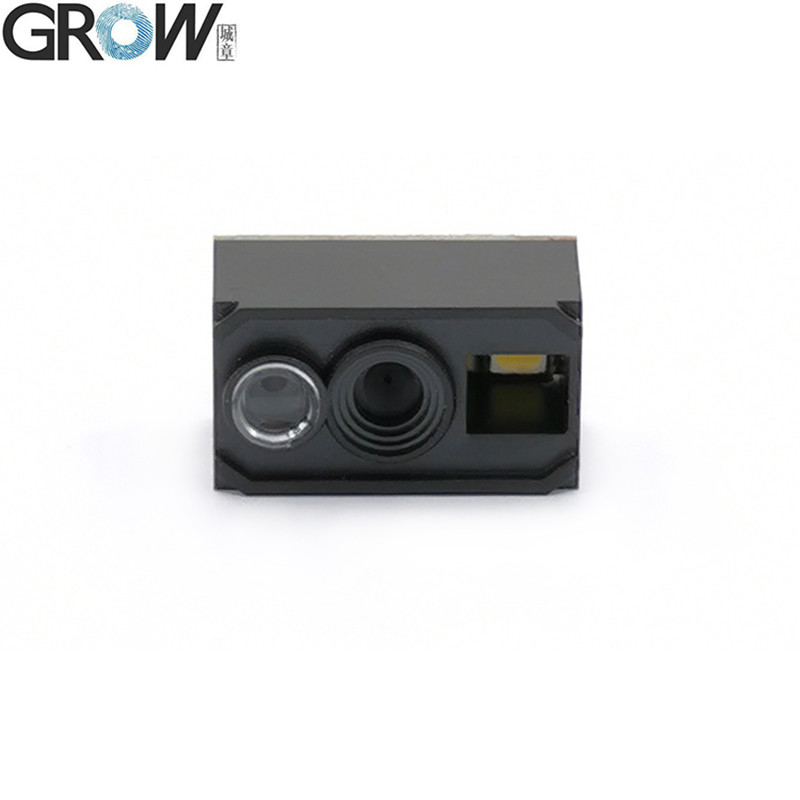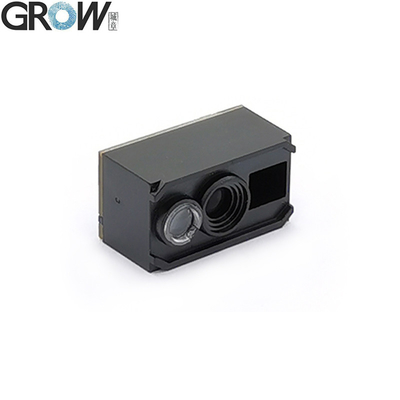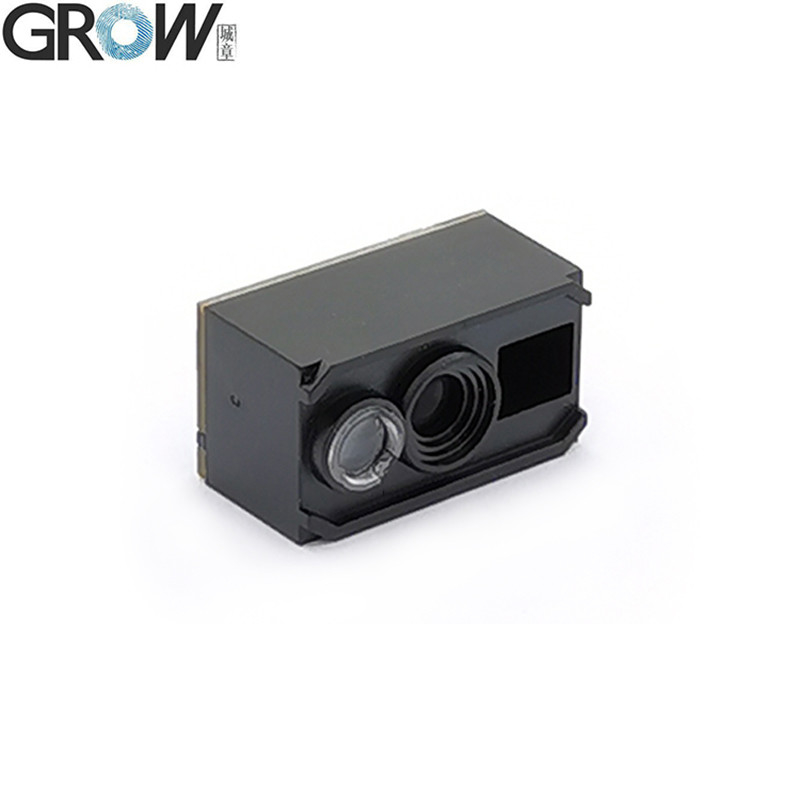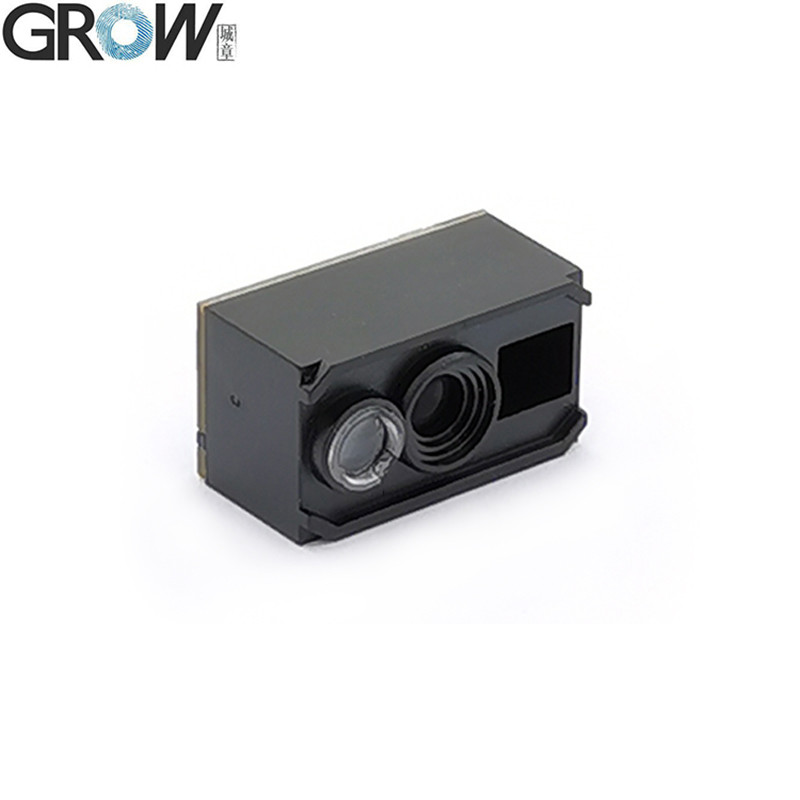1. USB wired barcode scanner to capture 1D, 2D code on labels, paper, mobile phone or computer.
2. High-efficiency recognization and high upload speed for improving your working efficiency.
3. With buzzer for reminding you that the scanning successfully or not.
4. Compatible with USB and UART interface.
5. Over 180 configurable options
6. Macro support replace a string in the bar code with another
7. Programmable preamble postamble and termination strings
8. Superior reading performance utilizing advanced decoding algorithms
9. Scan Speed:15m/min
10. Can Read Long PDF417 Passport Code
Specifications
|
Scanning Performance
|
Scan Mode
|
640*480 CMOS
|
|
Lighting
|
White LED
|
|
Collimate
|
Red LED
|
|
Read Code
Type
|
2D
|
QR Code, Data Matrix, PDF417,Aztec,Micro QR,Micro PDF417
|
|
1D
|
EAN,UPC,Code 39,Code 93,Code 128,UCC/EAN 128, Codabar,
|
|
Interleaved 2 of 5, ITF-6,ITF-14,ISBN,ISSN, MSI-Plessey
|
|
GS1 Databar ,Code 11,Industrial 25,
|
|
Standard 25,Plessey, Matrix 2 of 5
|
|
Accuracy of reading
|
≥4mil
|
|
Depth of Field
|
EAN-13
|
50mm-220mm (13mil)
|
|
|
Code 39
|
40mm-90mm (5mil 10 byte)
|
|
QR Code
|
25mm-200mm (20mil 16 byte)
|
|
Data Marix
|
50mm-90mm (10mil 20 byte)
|
|
PDF417
|
30mm-130mm (6.67mil 7 byte)
|
|
Contrast
|
≥25%
|
|
Scanning angle
|
Intersection angle 360°,Elevation ± 55°
Deflection angle ± 55°
|
|
Viewing Angle
|
Horizontal:47°Vertical:36°
|
|
Mechanical/
Electrical Parameters
|
Interface
|
TTL-232 , USB (HID-KBW, Virtual serial port)
|
|
Dimension
|
21.6*12*13.2mm
|
|
Operating Voltage
|
DC 3.3V
|
|
Operating Current
|
180mA
|
|
Standby Current
|
USB:50mA; TTL:10mA
|
|
Environmental Parameters
|
Operating Temperature
|
-20ºC~+50ºC
|
|
Storage Temperature
|
-40ºC~+70ºC
|
|
Operating Humidity
|
5%~95%(Non-Condensing)
|
|
Environmental Light
|
0~100000LUX
|
Files
·Provide User Manual
The important role of barcode scanning module in recognition applications in the medical field
As a key component of the modern medical information system, the barcode scanning module is continuously expanding and deepening its application in the field of medical identification, significantly improving the accuracy and operational efficiency of medical processes, while greatly enhancing patient safety and medical service quality.
In the regulatory process of medical devices, the barcode scanning module achieves full tracking from manufacturing to use by reading the unique device identifier (UDI) barcode of the medical device. During the production phase, the enterprise optimized inventory management through UDI barcode scanning technology, ensuring the accuracy of inbound, outbound, inventory counting, and inventory circulation.
During the logistics transportation process, this module facilitates real-time tracking, ensuring that the equipment can be quickly and accurately delivered to medical institutions. In the operational phase, quickly reading UDI tags simplifies the inventory control process and ensures consistency between inventory records and actual inventory. Within the hospital, by scanning UDI information and entering it into the system, medical staff can quickly obtain detailed information and usage of instruments, thereby improving the efficiency of material management.
In terms of drug tracking, barcode scanning modules also play a crucial role. From the production, transportation, storage to final use of drugs, every step can be accurately recorded and monitored by scanning barcodes, effectively preventing issues such as drug expiration and misdelivery, and ensuring the safety of patient medication. In the hospital pharmacy, pharmacists use this module to verify drug information, avoiding errors and ensuring the health of patients.
In terms of medical record management and patient identification, the barcode scanning module has also demonstrated powerful functions. After attaching barcodes to medical records, medical staff can quickly access patient information, improving the efficiency of diagnosis and treatment. At the same time, by scanning the barcode on the patient's wrist strap or identification card, basic information of the patient can be quickly obtained, reducing medical risks caused by information errors and improving service security.
The medical self-service terminal and payment settlement system are also places where the barcode scanning module plays an important role. Patients can complete registration, payment and other processes by scanning the barcode of their ID card or medical insurance card, greatly improving the convenience of medical treatment and reducing waiting time. This not only optimizes the patient's medical experience, but also reduces the work pressure on hospital windows and improves operational efficiency.
In addition, in the laboratory testing process, the barcode scanning module ensures accurate matching between the sample and patient information, avoids sample confusion, provides timely and accurate testing results for doctors, and promotes the implementation of precision medicine.
In summary, the application of barcode scanning modules in the field of medical recognition not only accelerates the pace of medical informatization, but also provides strong technical support for improving patient safety and medical service quality. With the continuous advancement of technology, its application prospects will become even broader.

 Your message must be between 20-3,000 characters!
Your message must be between 20-3,000 characters! Please check your E-mail!
Please check your E-mail!  Your message must be between 20-3,000 characters!
Your message must be between 20-3,000 characters! Please check your E-mail!
Please check your E-mail! 




